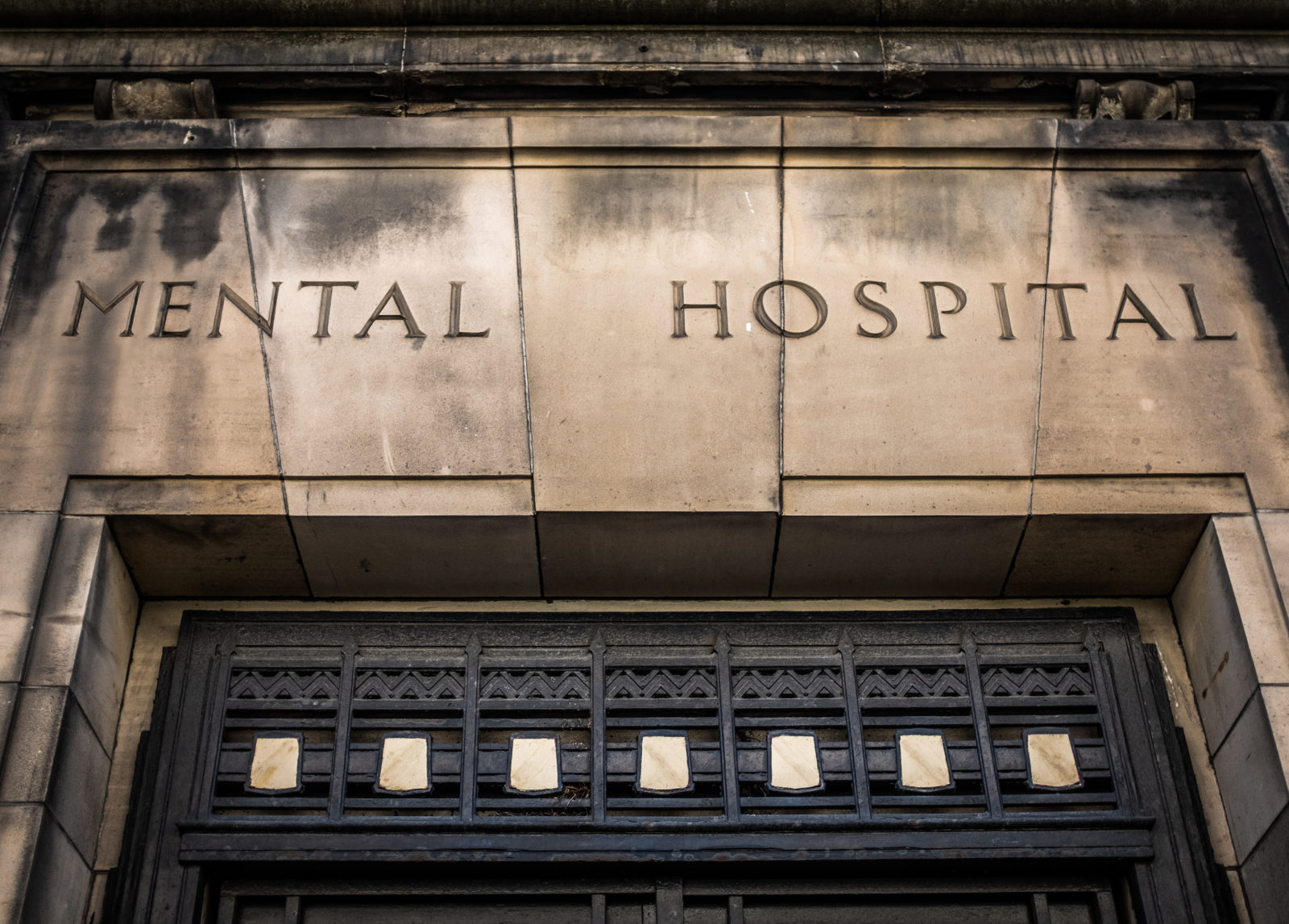Last week on Fix Homelessness and in my monthly OlaskyBooks newsletter, I gave highlights and lowlights from Andrew Scull’s Desperate Remedies: Psychiatry’s Turbulent Quest to Cure Mental Illness (Harvard University Press, 2022). He notes that many mentally ill people are now homeless and on the streets instead of in state-funded mental hospitals. (Those institutions, like Michigan’s Lapeer State Home and Training School, housed sufferers. Then the 1960s brought in new drugs and new Washington-paid health plans, Medicare and Medicaid.)
I didn’t have room last week to dive into an important question: Which came first, medical panaceas (that turned out not to be so) or money incentives? Scull says money, in many instances: “In at least seventeen states, inpatient censuses had begun to decline between 1946 and 1954, a period when antipsychotics had not yet reached the marketplace.” Scull concludes that the main cause of the decline in mental populations was not the introduction of new drugs. Money talked.
Well-intended laws and judicial pronouncements had a negative impact in another way. In Wyatt v. Stickney (1971) District Court Judge Frank Johnson said patients at Alabama’s Bryce State Hospital “unquestionably have a constitutional right to receive such individual treatment as will give each of them a realistic opportunity to be cured or to improve his or her mental condition.” Johnson said the state had to provide at least the minimum level of staffing laid down by the American Psychiatric Association. Higher courts accepted Johnson’s dictum.
The Disability Justice website lauds Johnson and says Wyatt v. Stickney “had a profound effect on development of the law. For example, the Wyatt standards were incorporated in state mental health codes and federal regulations.” But Scull rains on that parade. He writes: “Governor George Wallace avoided a massive increase in staffing costs by simply discharging most of the inpatients, thus providing the ratio of staff to patients that the court demanded for those left behind in the institutions.”
Other governors and state legislatures followed. What happened to the hundreds of thousands? At first, the major impact was on the elderly. From 1963 to 1974 the number of mentally-disordered elderly patients in state hospitals sharply declined, with most of the discharged heading to private nursing homes: It’s questionable whether they received better care.
Then it was the turn of younger people. In 1974 Social Security expanded with the addition of Supplemental Security Income (SSI) that provided a guaranteed income to those with a disability. Mental hospital administrators could discharge younger patients and feel they were being fair. Some of the former inmates found housing, but Scull notes that “others began living on the streets, and the sidewalk psychotic became an increasingly familiar feature of the American urban scene.”
Washington D.C. hospital director Thomas Reynolds said it well in 1972, “We have created a kind of slow spiritual euthanasia with chemical agents [so] we may cease feeling any responsibility.” Trendy theories added opportunity to kick out the mentally suffering and feel virtuous in doing so. Psychiatrist Thomas Szasz said mental illness is a myth promulgated by those who desire insidious social control over troublesome people. Scottish psychiatrist R. D. Laing took it one step further: Schizophrenia is actually super-sanity in a sick society. The novel and 1975 movie One Flew Over the Cuckoo’s Nest popularized that money-saving, human-wasting belief.
The result of financial pressures and trendy theories: More people “sleeping rough” nationwide, with 84% reporting physical health problems, 78% citing mental health problems, 75% reporting substance abuse, and 50% triply-troubled. The unsheltered homeless sometimes move from streets to shelters, jails, and psychiatric wards “where medications are adjusted in an attempt to damp down florid symptomatology. But discharge is rapid, followed by a return to the streets.” The basic problem is that we tend to look upon human beings as evolved animals, rather than creatures made in God’s image. To solve difficult problems we need to apply both biology and a biblical understanding of human nature. Scull does not go to the Bible but does criticize the “crude” faith that “mental disease—the breakdown of our cognitive and emotional life—is just brain disease. Scull quotes psychiatrist Leon Eisenberg’s metaphor: “To ask how much of mind is biological and how much social [I might say spiritual] is as meaningless as to ask how much of the area of a rectangle is due to its width and how much to its height.”

